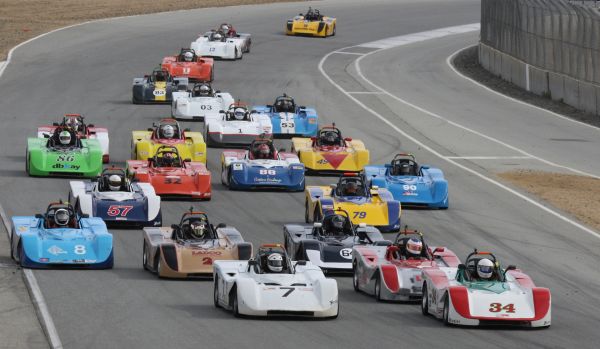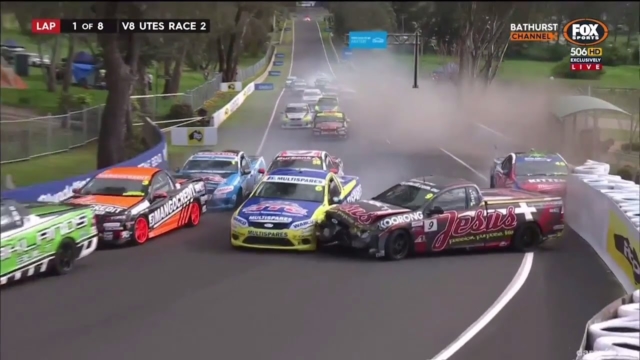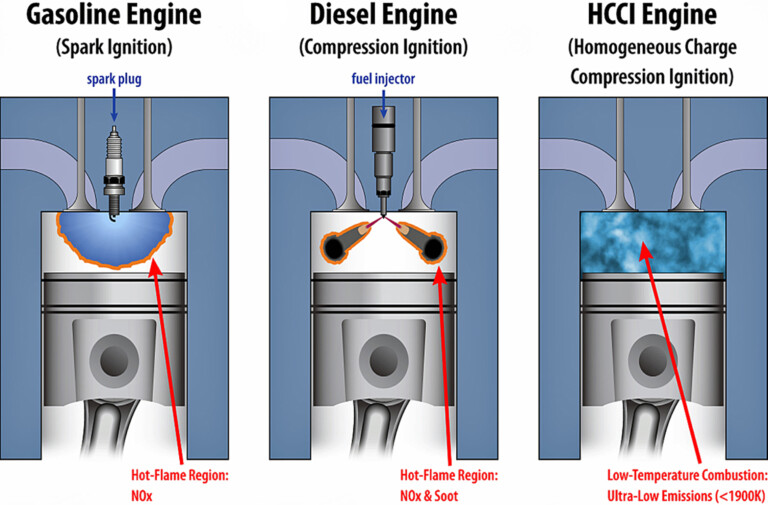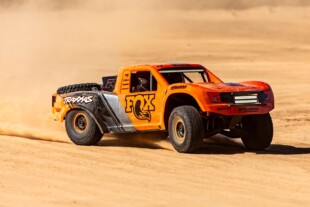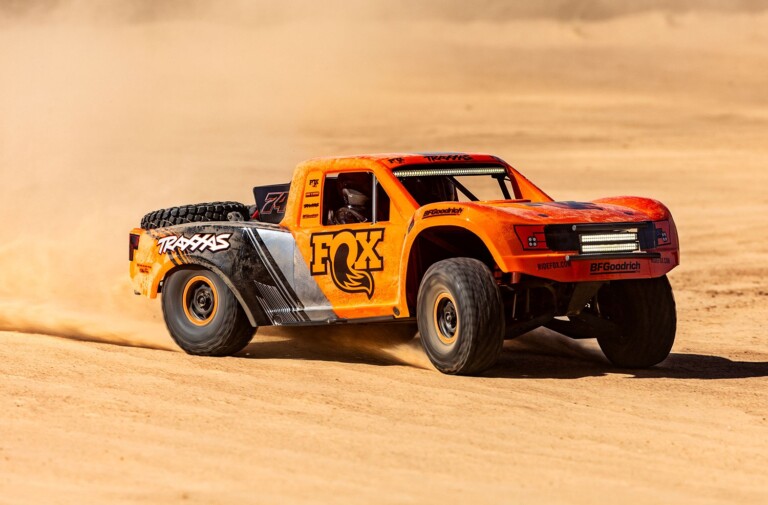The first corner of any race is decisive. Since the tires are cold, the cars are heavier due to full fuel tanks, and the first corner’s braking distances are less certain, it’s quite easy to throw it all away in a matter of seconds. Therefore, it pays to be circumspect when the pack crowds into the first corner, bottlenecks, and fights for every inch of available real estate. Greg Evans, a Simraceway instructor and Spec Miata racer, notes, “With the risks being higher due to the accordion effect, you naturally need to be a bit more defensive at the start.”
The intelligent plan of attack depends largely on the getaway and the qualifying position. If wheelspin is controlled and you get to sneak ahead into the lead, you have the room and the ability to take a defensive line. After eyeing your mirrors to prevent someone from sneaking up the inside or getting an over-under pass after the first corner, pick a position and stick to it. It’s advantageous to position the car mid-track: by closing off the inside line, you defend your position, and still have a wide enough line to dictate mid-corner speed and accelerate cleanly off the first corner—though this is more relevant in a quick corner than in a hairpin, where positioning on the inside is less of an advantage.
A Lucky Break
If you’re able to streak ahead—even not at the very front, it pays to be highly assertive. “If I’m further to the front, I’ll be more aggressive,” states Evans. Because the accordion/concertina effect isn’t as strong, the guys leading have more room to work in and more to gain. “Up in the front—three or four rows—and I’ll go for the gaps and try and break through or go fully defensive to hold my own,” states Tor McIlroy, a Ginetta racer and Simraceway instructor.
A poor departure or a rearwards starting position limits a driver’s ability to move around. The concertina effect slows everything to a crawl, and the further back a driver is on the grid, the more traffic and the slower they’ll typically exit the first corner. Thus, too much movement only ensures the likelihood of an accident. In this position, it’s smarter to try and file in quickly and leave a small cushion to those ahead and behind. As McIlroy says, “Down in the mid pack or back of the field, and it becomes more about self-preservation.”
Order of Operations
Instead of planning a complicated route to Turn 1, react to what’s going on around you and focus on one thing at a time. At the start, it’s important to worry only about the release of the clutch, then a strong run—grabbing the necessary gears—then eye the mirrors, open up their peripheral vision, and go for a good position into the first turn. The driver needs to not make too many rash movements, and try to find a position on the track that allows them room to do what they want. They should move into the roomiest spot available. Following an opponent too closely makes a driver subject to the movements of those ahead—so the wise driver will search for some room if available.
The first corner is an area where an aggressive driver can profit massively, but they can also throw it all away in a second. It’s a massive gamble with a serious payoff—and requires a careful appreciation of your own ability in traffic, getaway speed, and confidence in your fellow racers. As McIlroy comically advises, much of it “depends on your confidence in the people around you not to do anything stupid.”
Wise words.



